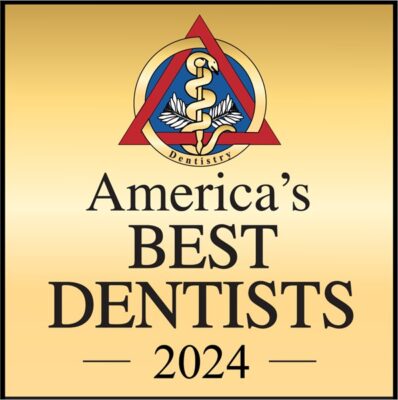The Implant-Supported Bridge Process
Watch this video by Dr. Bruce Fine, an experienced New Jersey implant dentist, as he explains the steps involved in replacing multiple missing teeth with implant bridges.
The process for obtaining a dental bridge is contingent upon whether you require an implant-supported bridge or a tooth-supported one. Here’s a breakdown of the two scenarios: Implant-Supported Bridge: In this case, we have the remarkable capability to place the dental implant and the crown to replace the missing tooth on the very same day. This expedited procedure offers a significant advantage for those seeking quick restoration. Tooth-Supported Bridge: Conversely, for dental bridges that rely on adjacent natural teeth for support, there are some notable distinctions. These bridges necessitate the preparation of the teeth on both sides of the gap, which can be a drawback. Furthermore, the cost associated with this approach may exceed that of implant-supported bridges.
The primary advantage of tooth-supported bridges lies in their long-lasting durability, potentially spanning decades or even a lifetime. However, it’s important to note that such bridges can still fail if they develop cavities or fall victim to gum disease. Maintaining proper oral hygiene, including the removal of bacterial buildup like plaque, tartar, and calculus, significantly reduces the risk of future cavities. To explore your options further and gain insights into which bridge solution best suits your needs, we encourage you to reach out to us. We are more than happy to provide you with detailed information and address any questions or concerns you may have regarding these dental procedures.


 Outside of his professional responsibilities, Dr. Fine passionately offers his expertise to the community.
Outside of his professional responsibilities, Dr. Fine passionately offers his expertise to the community.





